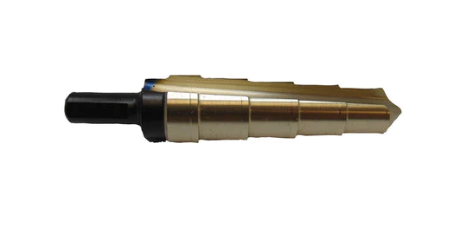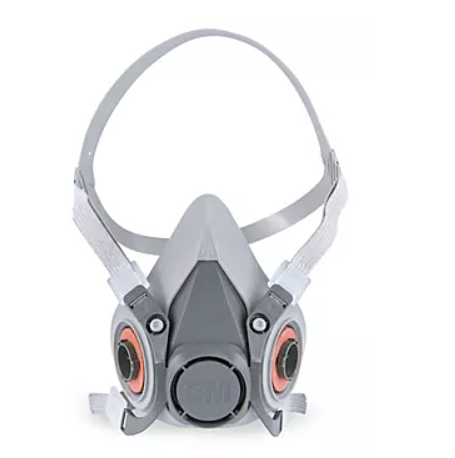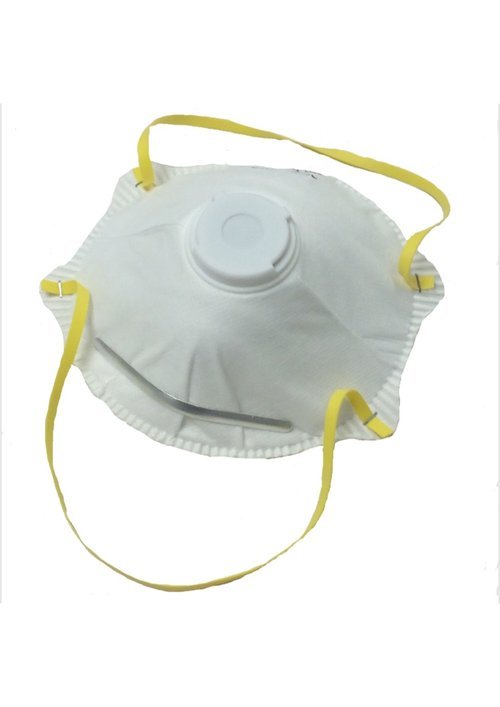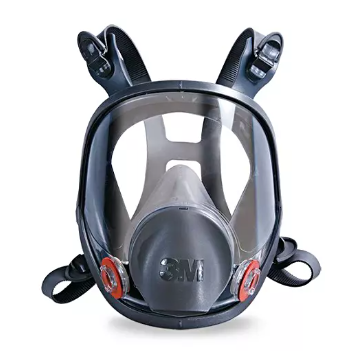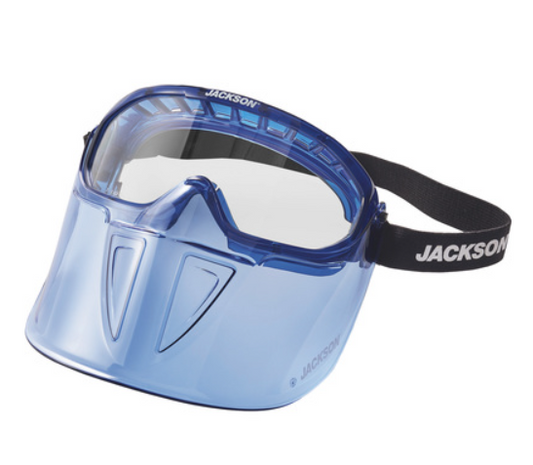The Importance of Precision Drilling and Reaming
In the realm of manufacturing, construction, and engineering, precision is paramount. Creating holes and cavities with the exact dimensions, tolerances, and surface finishes required is crucial for the success of any project. This is where specialized tools like step drills and step reamers come into play.
Key Role of Step Drills and Step Reamers
Step drills and step reamers are precision cutting tools used to create holes with specific dimensions and features. They are essential in a wide range of industries, including aerospace, automotive, electronics, and metalworking. In this comprehensive guide, we will delve into the world of step drills and step reamers, exploring their unique advantages and differences.
Step Drills: Overview and Advantages
What Are Step Drills?
A step drill, also known as a step bit or unibit, is a multifunctional cutting tool designed to drill holes of varying diameters in a single operation. It typically features multiple stepped cutting edges with progressively larger diameters. Step drills are often used in handheld drills or drill presses.
Advantages of Step Drills
Step drills offer several advantages, making them valuable tools in various applications:
- Versatility: They can drill holes of different sizes in a single pass, eliminating the need for multiple tools or bit changes.
- Reduced Chatter: The stepped design minimizes chatter and vibration during drilling, resulting in cleaner holes.
- Smooth Entry: Step drills create clean, smooth entry holes without the need for a center punch.
- Speed and Efficiency: They are efficient tools for rapid hole creation, saving time and effort.
Common Applications
Step drills find use in a range of industries and tasks, including:
- Sheet Metal: Drilling holes in thin sheet metal without distortion.
- Metalworking: Creating holes in pipes, tubing, and structural steel.
- Automotive: Drilling holes for wiring, cable routing, and bracket installation.
- Electronics: Precision drilling in printed circuit boards (PCBs).
- Woodworking: Drilling holes in wood, laminates, and plastics.
Step Reamers: Overview and Advantages
What Are Step Reamers?
A step reamer, as the name suggests, is a cutting tool designed for reaming holes to achieve precise dimensions and surface finishes. It features stepped cutting edges with progressively larger diameters, similar to step drills. Step reamers are typically used in machining processes that require high accuracy.
Advantages of Step Reamers
Step reamers offer unique advantages that set them apart in applications requiring exceptional precision:
- Tolerance Control: They provide precise control over hole dimensions and tolerances.
- Surface Finish: Step reamers create superior surface finishes, ideal for applications with strict surface requirements.
- Roundness: They ensure that holes are perfectly round, enhancing part quality.
- Deburring: Step reamers can remove burrs and irregularities left by previous machining operations.
Common Applications
Step reamers are indispensable in industries that demand precise hole sizing and quality, including:
- Aerospace: Machining critical components with tight tolerances.
- Medical Devices: Creating holes for implants and surgical instruments.
- Automotive Engines: Reaming cylinder bores to exact dimensions.
- Tool and Die Making: Precision hole creation for molds and dies.
- Firearms Manufacturing: Ensuring accuracy in gun barrel bores.
Key Differences Between Step Drills and Step Reamers
Cutting Mechanism:
-
Step Drills: They primarily cut through material, removing material to create a hole. The stepped design allows for the gradual enlargement of the hole.
-
Step Reamers: They refine existing holes by removing small amounts of material, improving dimensional accuracy and surface finish. Reaming is a finishing process.
Hole Accuracy and Tolerances:
-
Step Drills: While capable of producing holes with acceptable tolerances, they are not as precise as step reamers. Tolerances can vary depending on the material and tool quality.
-
Step Reamers: They excel in achieving tight tolerances and consistent hole dimensions, making them ideal for critical applications where precision is crucial.
Surface Finish:
-
Step Drills: The surface finish produced by step drills is acceptable for many applications but may not meet the stringent surface requirements of high-precision tasks.
-
Step Reamers: They produce a superior surface finish, free of tool marks and irregularities. This is particularly valuable in applications where surface quality is paramount.
Material Removal:
-
Step Drills: They remove material throughout the drilling process, resulting in a chip or swarf.
-
Step Reamers: They remove minimal material during reaming, primarily focusing on refining the hole's dimensions and surface finish. This minimizes material waste.
Choosing Between Step Drills and Step Reamers
Factors to Consider:
-
Accuracy Requirements: If your project demands tight tolerances and impeccable hole dimensions, step reamers are the superior choice.
-
Surface Finish: For applications where a smooth, flawless surface is essential, step reamers excel.
-
Material and Thickness: Consider the type of material and its thickness. Step drills are better suited for thin materials, while step reamers are versatile across various materials and thicknesses.
-
Tool Changes: If efficiency and tool changes are a concern, step drills offer convenience by drilling multiple hole sizes in a single pass.
-
Cost: Step drills are typically more cost-effective than step reamers. Choose the tool that aligns with your budget and project requirements.
Matching the Tool to the Task:
-
Use Step Drills when you need to quickly drill holes of varying sizes in less critical applications. They are excellent for general-purpose hole creation and are often used in DIY projects.
-
Use Step Reamers when precision, tight tolerances, and superior surface finish are non-negotiable. They are essential in industries where high-quality machining is imperative, such as aerospace and medical device manufacturing.
In the world of precision machining, step drills and step reamers play indispensable roles, each tailored to specific tasks and requirements. Step drills offer versatility and efficiency, making them valuable for a range of applications. On the other hand, step reamers excel in achieving unparalleled precision, tight tolerances, and impeccable surface finishes.
Choosing between these two precision tools depends on the nature of your project, accuracy requirements, and material considerations. Whether you're drilling holes in sheet metal, creating intricate components for aerospace, or manufacturing medical devices, the right tool ensures that you meet the highest standards of quality and precision in your work.
 (508) 492-8975
(508) 492-8975
